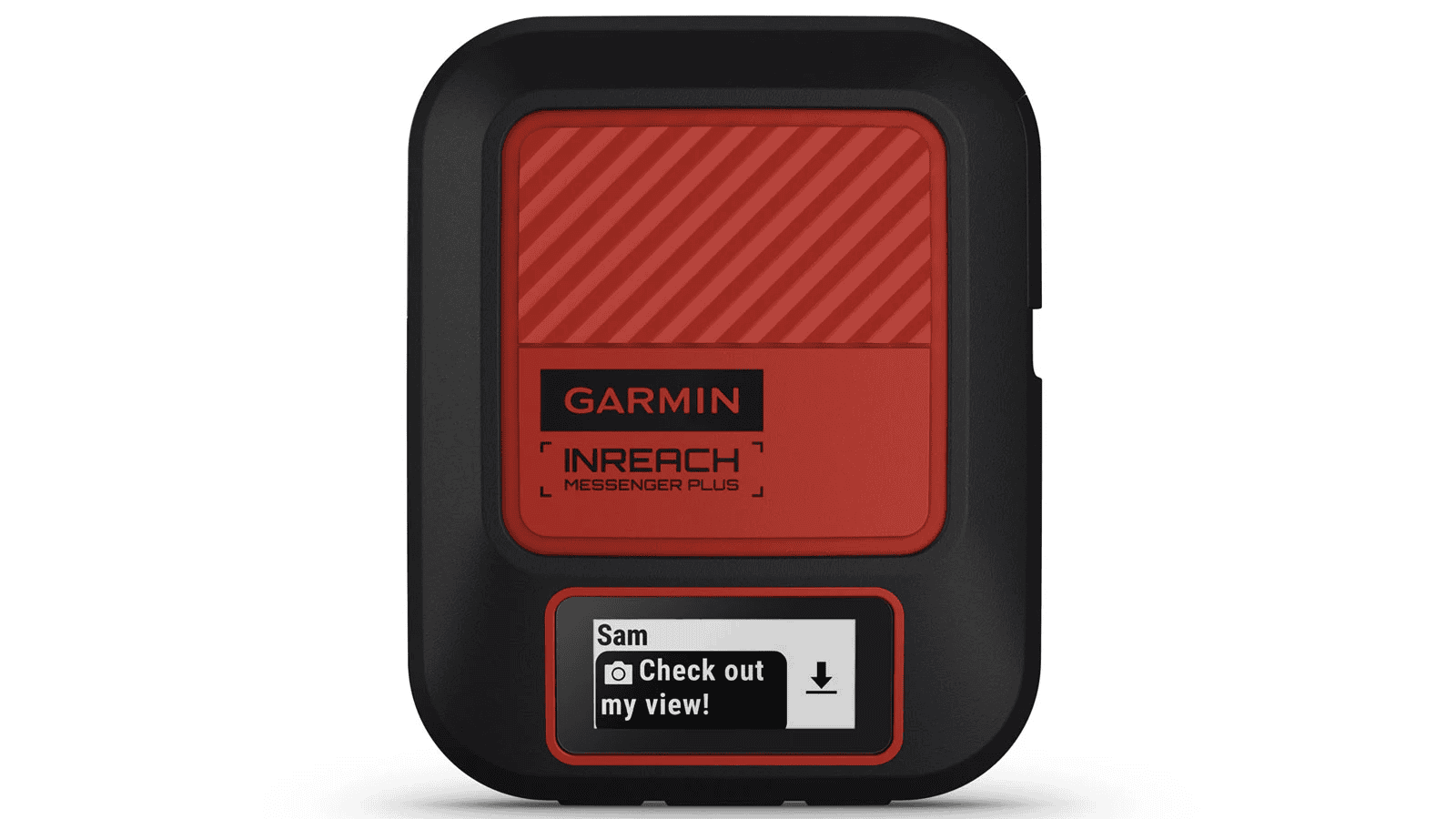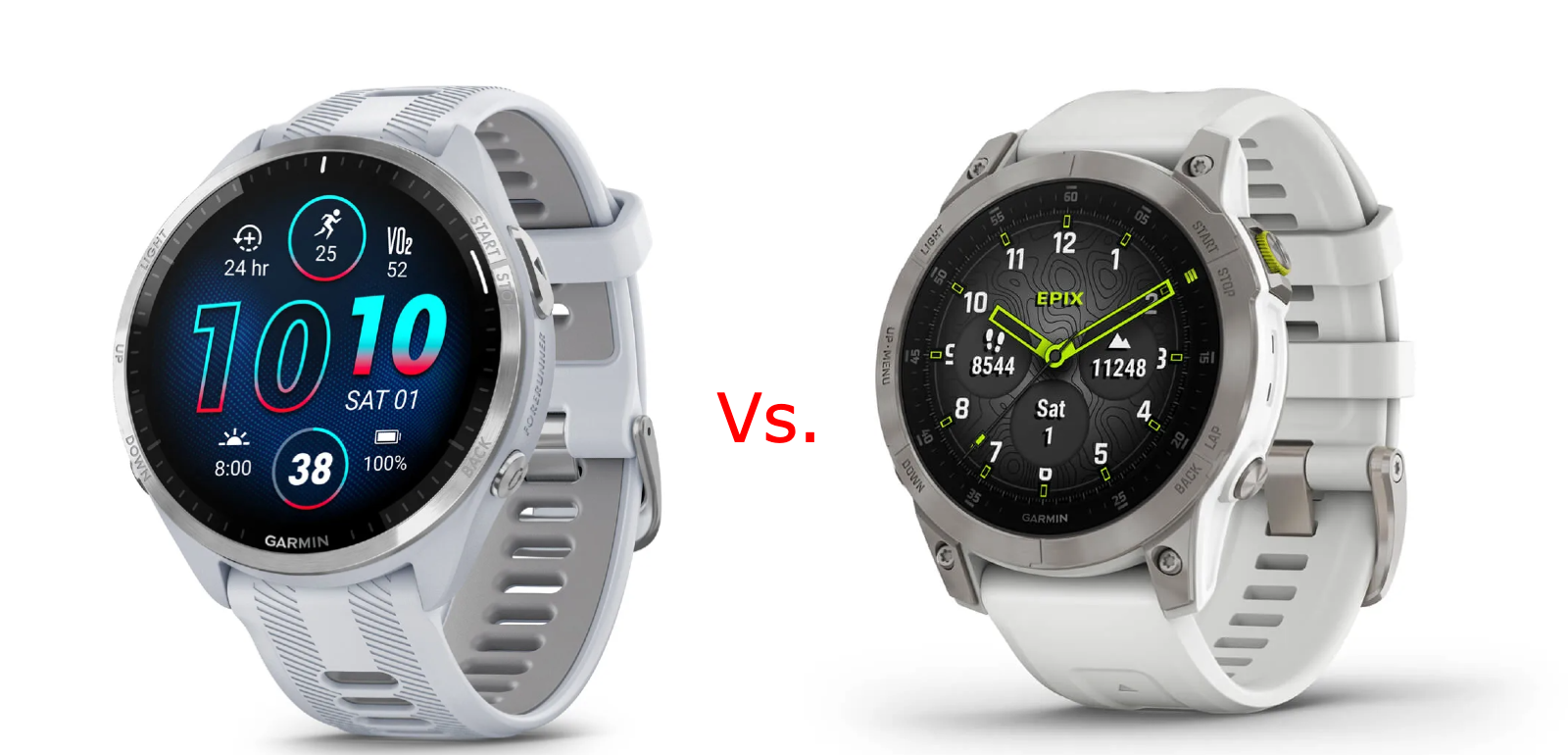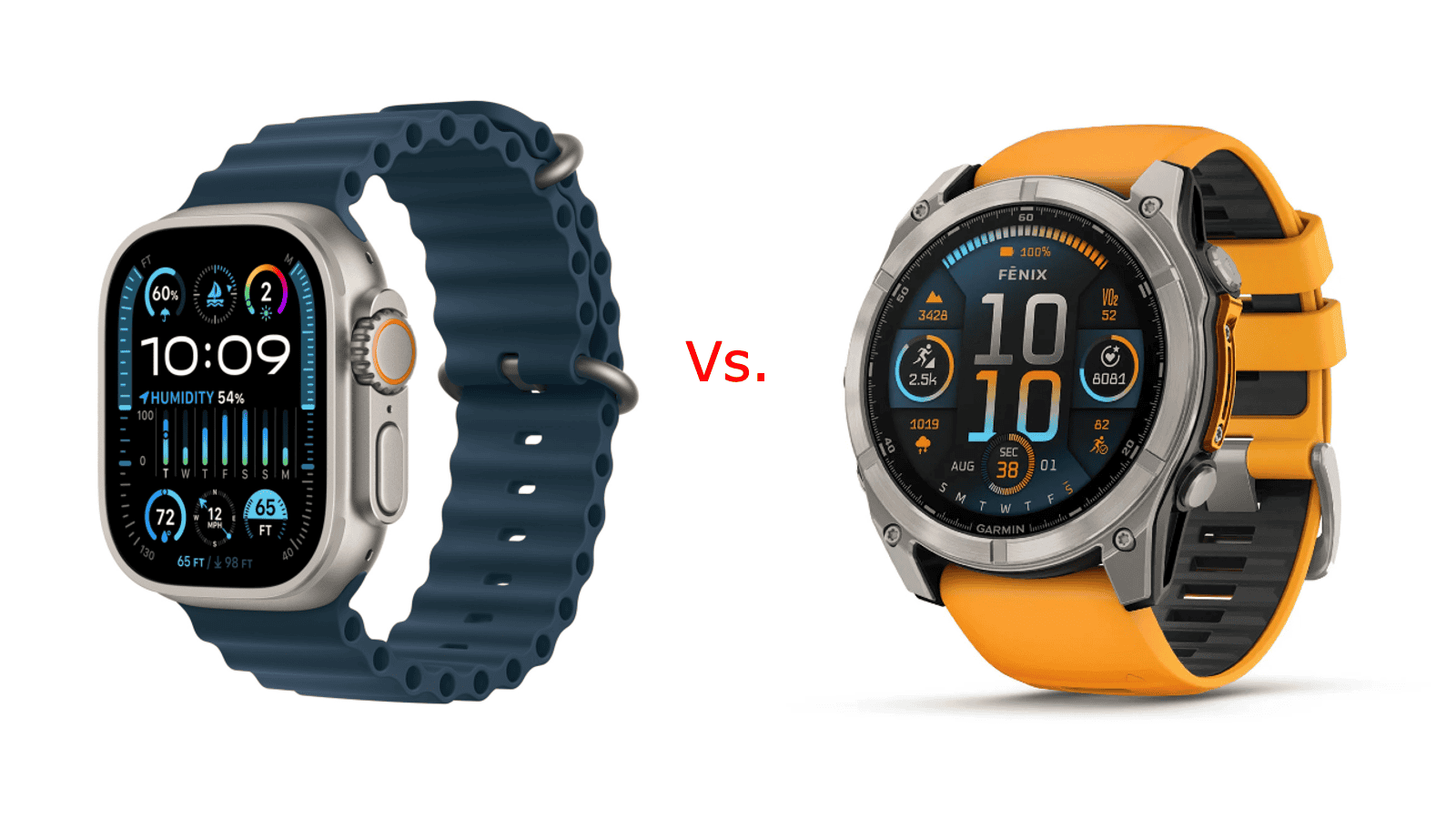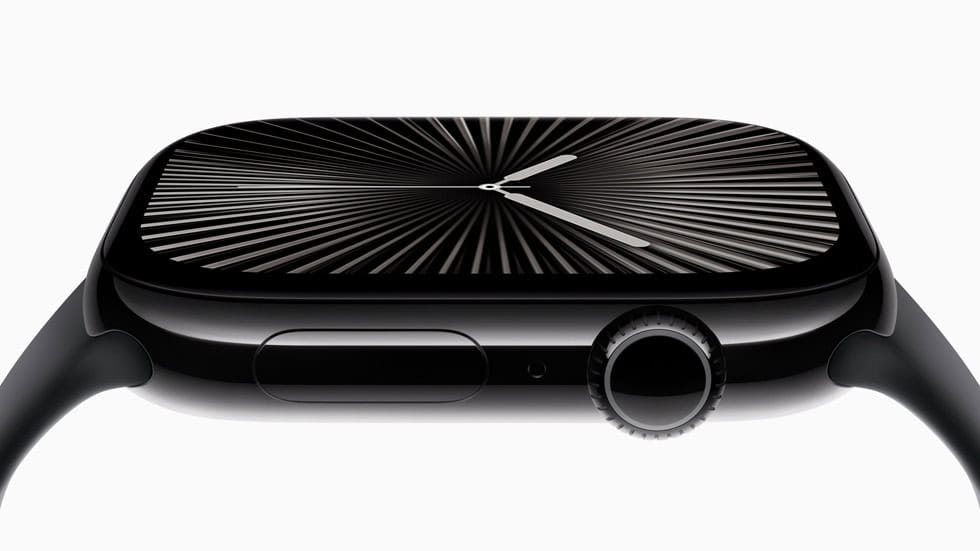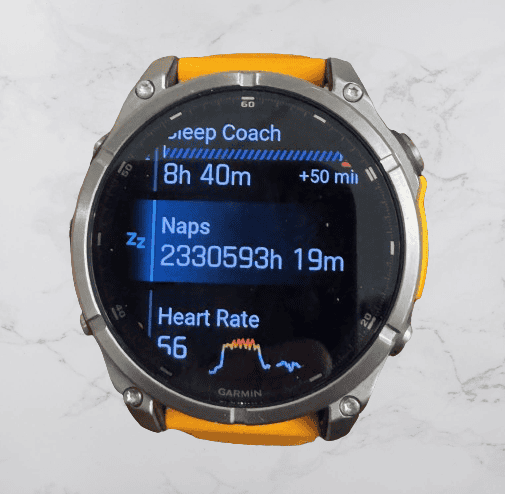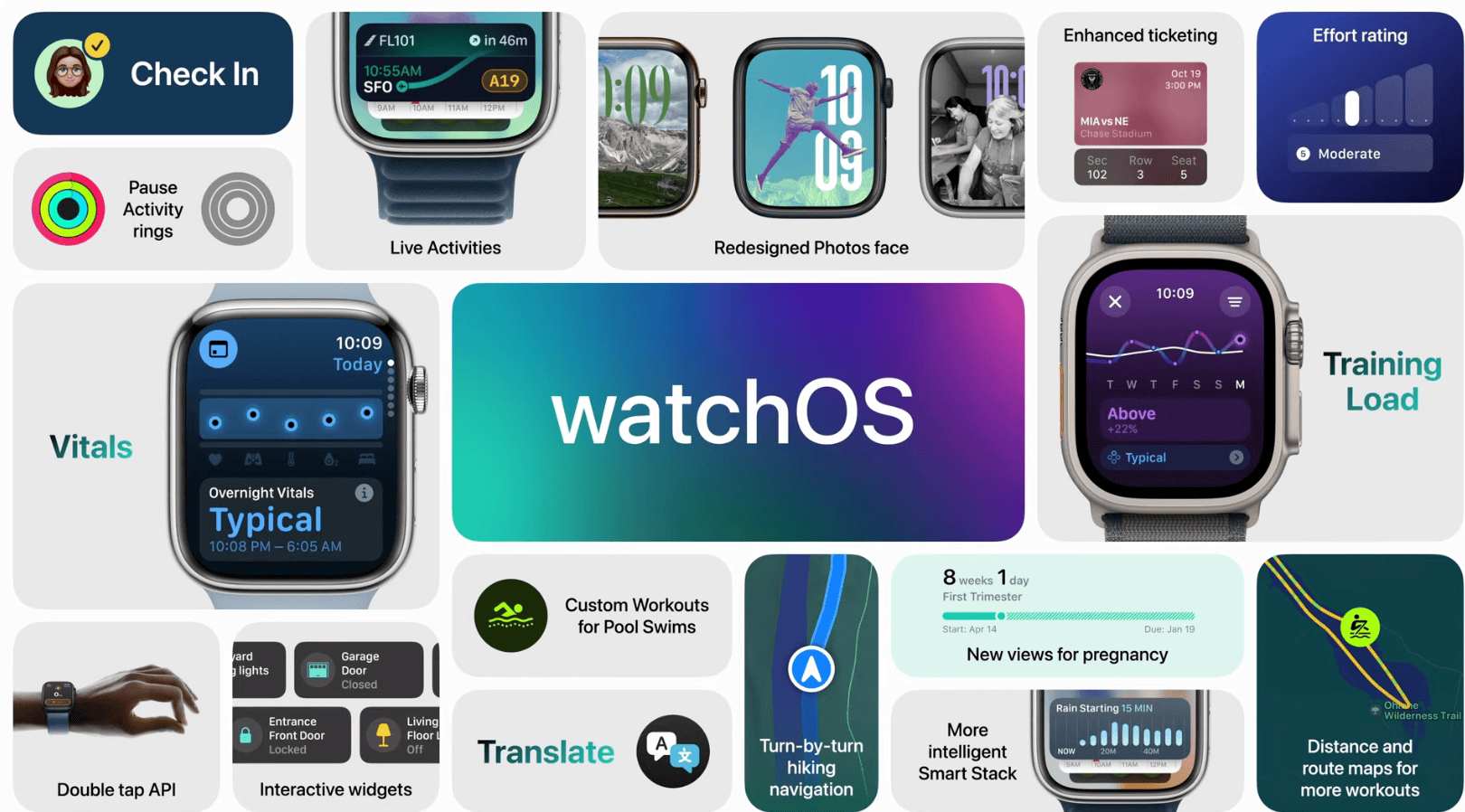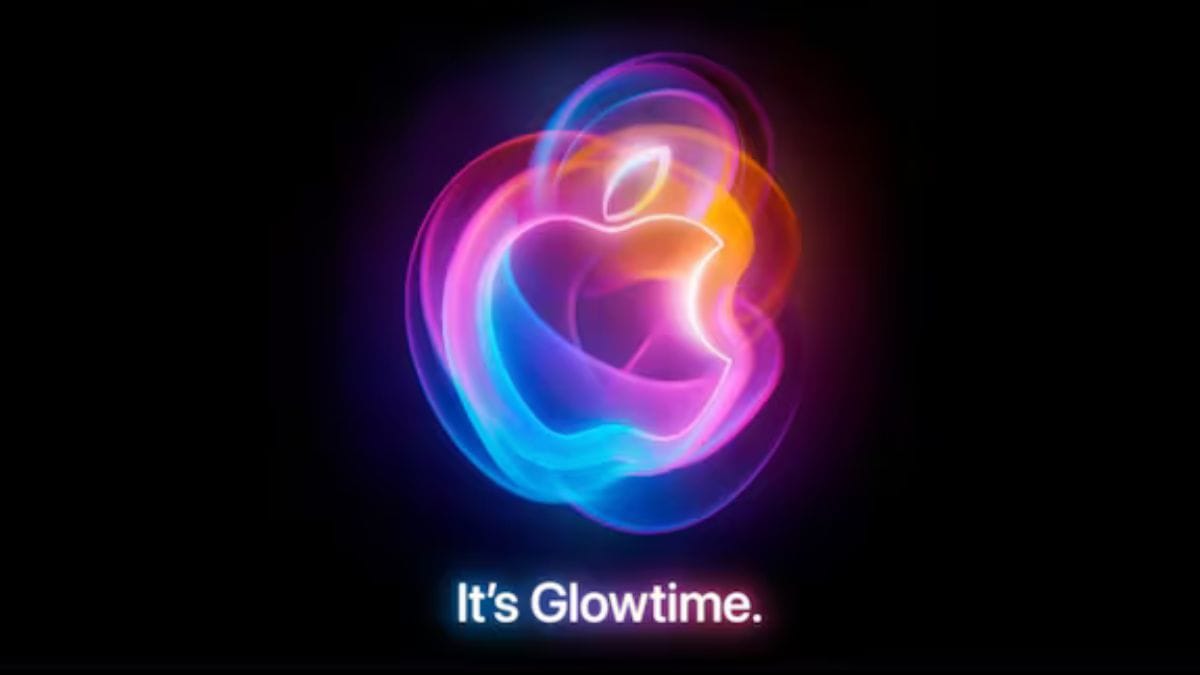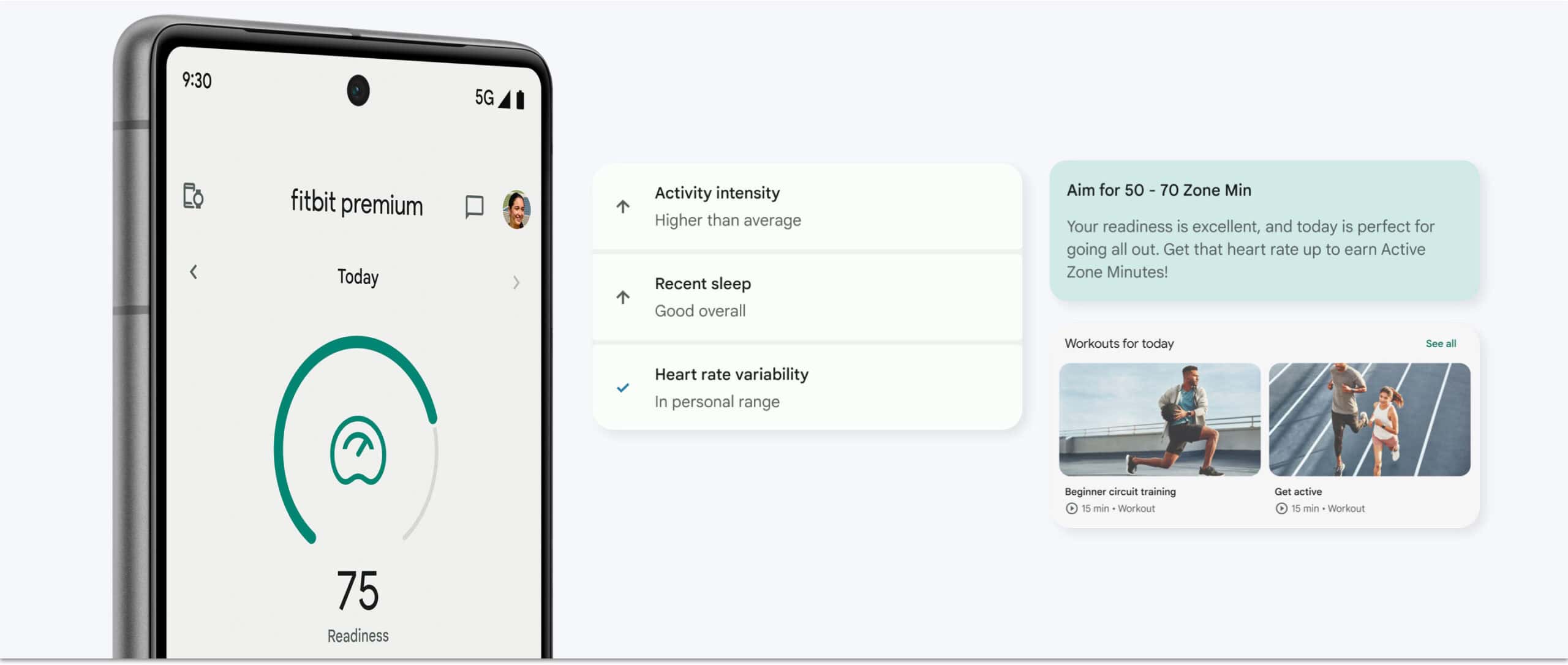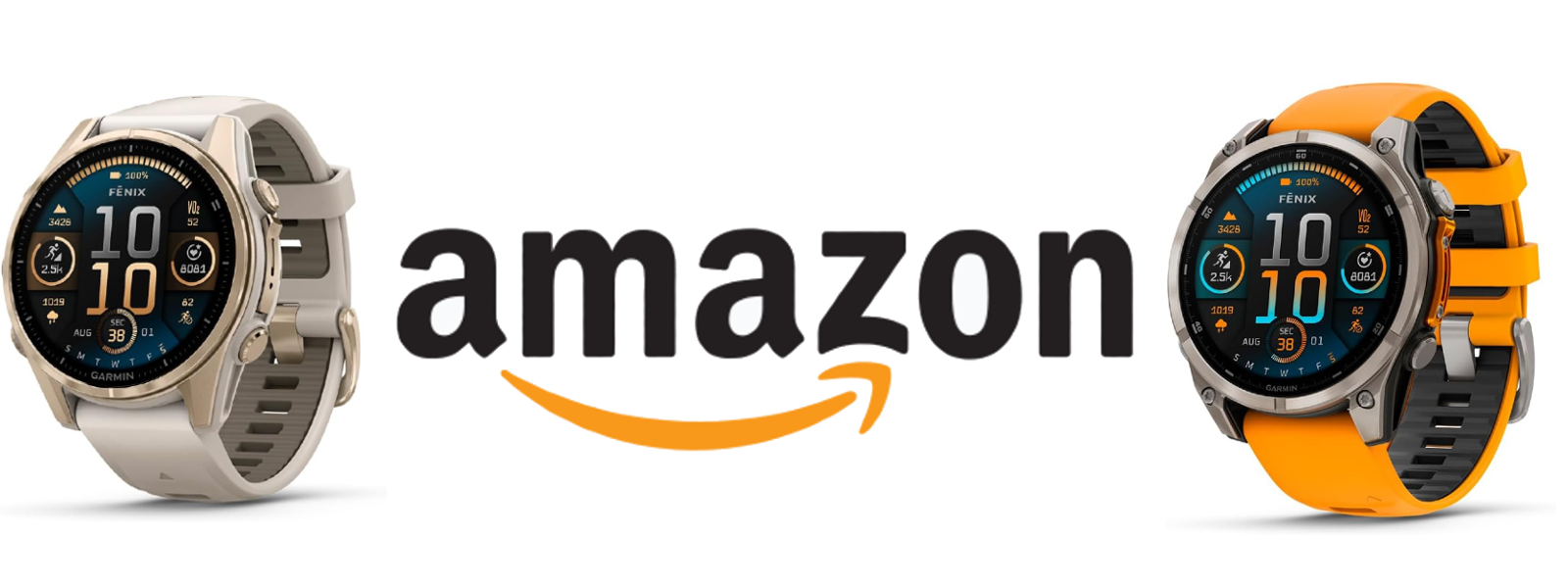Garmin has a long history of using Memory in Pixel (MIP) technology for the screen type of its smartwatches, focusing on power efficiency and outdoor visibility. However, in recent years, they’ve introduced AMOLED displays to most of their smartwatch lines. This shift has created the need for users to choose between the energy efficiency of MIP displays and the vibrant picture of AMOLED displays, though both options come with tradeoffs.
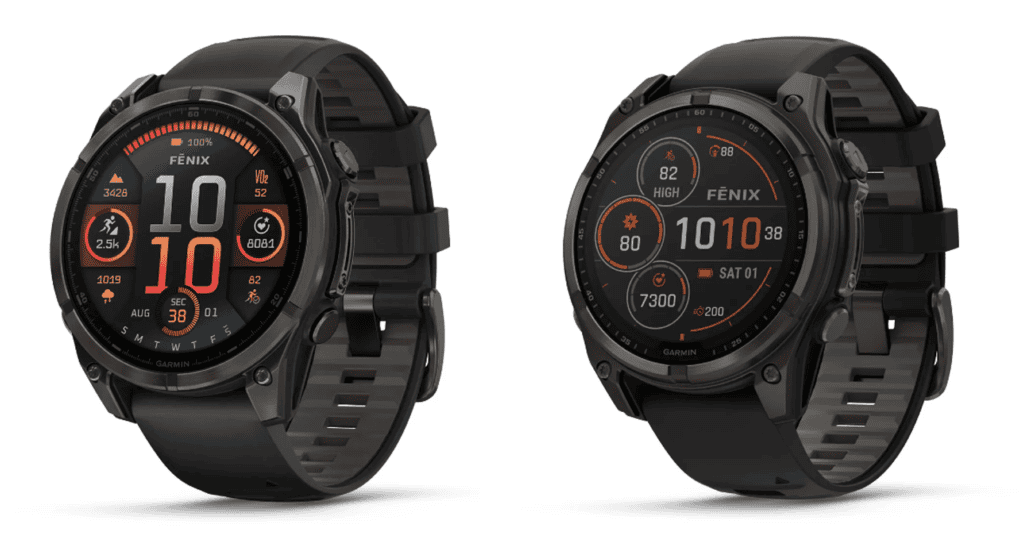 Fenix 8 AMOLED (left) and Fenix 8 Solar MIP (right)
Fenix 8 AMOLED (left) and Fenix 8 Solar MIP (right)
MIP Displays
How They Work:
MIP technology allows each pixel to “remember” its state, so power is only used when pixels change, such as when updating the time. This design results in extremely low power consumption, making MIP displays ideal for watches that need to last for extended periods without a charge.
MIP displays are visible in bright environments because they use ambient light to reflect off their screen, enhancing readability without relying on backlighting. This reflective property allows MIP displays to maintain high visibility under direct sunlight, making them ideal for outdoor conditions where lighting is strong. However, in low-light conditions, they require a backlight, which reduces convenience and efficiency. Garmin uses transflective displays, which means the display can both reflect ambient light or produce its own light via a backlight.
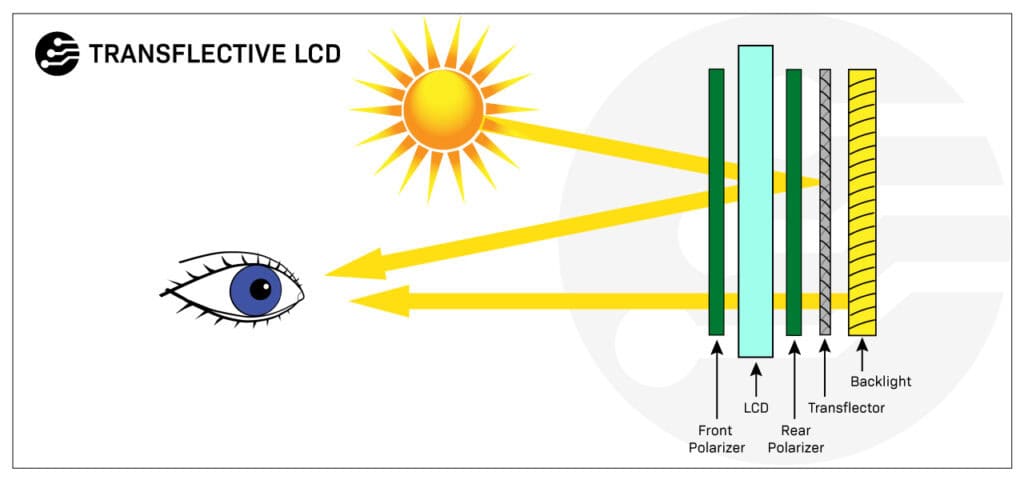 Source: newhavendisplay.com
Source: newhavendisplay.com
Key Benefits:
- Great Battery Life: Thanks to minimal power usage, devices with MIP displays can last for days, even weeks, without charging.
- Sunlight Readability: MIP displays are highly readable in direct sunlight, in fact the brighter, the better, making them ideal for outdoor-focused activities.
MIP Displays Can Benefit from Solar:
Because MIP displays use so little power, Garmin has been able to integrate solar charging to extend battery life further. Garmin first introduced solar-charging technology in 2019 with the Fenix 6X Pro Solar. The technology used a semi-transparent solar panel over the screen and a solid ring around the screen to collect energy from the sun. For the Fenix 6X, solar added 10-20% battery life, depending on use.
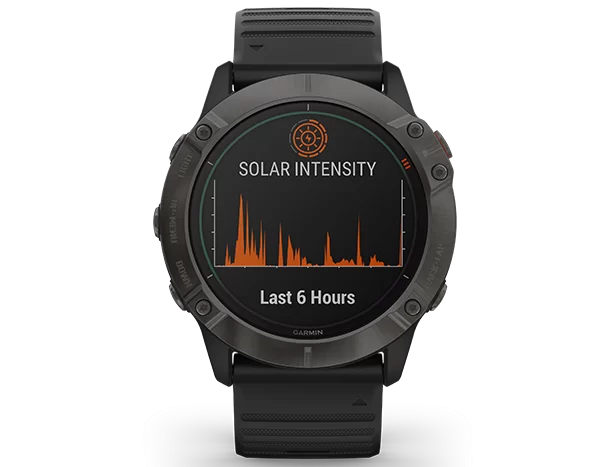 Fenix 6X Solar
Fenix 6X Solar
Since the release of the Fenix 6X Garmin has made strides in integrating solar technology with MIP displays. Watches like the Enduro 3, with its redesigned solar panel, can achieve up to 50-100% more battery life depending on use. The Enduro 3 can even achieve unlimited battery life with solar power in Battery Saver Mode. While solar technology has in the past been rumored to come to AMOLED watches, it hasn’t yet been implemented.
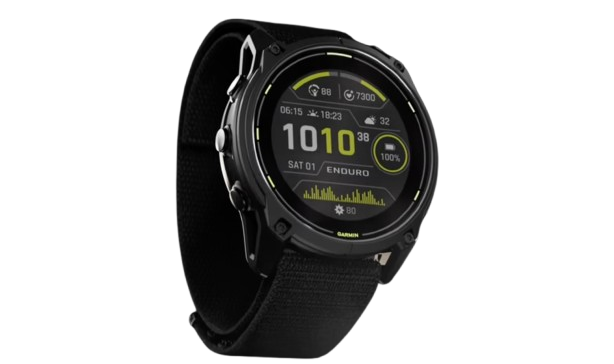 Enduro 3
Enduro 3
AMOLED Displays
Garmin debuted its first AMOLED watch, the Venu, in 2019. The transition to AMOLED gained momentum in 2022 with the Epix (Gen 2) release, which combined the full feature set of Garmin’s flagship Fenix 7 with an AMOLED display. This trend continued in 2023 with the Forerunner 265 and 965 adopting AMOLED screens, and by August 2024, the Fenix 8 launched with AMOLED as the default option, though MIP variants remain available.
 AMOLED Garmin Epix (Gen 2) Pro
AMOLED Garmin Epix (Gen 2) Pro
How They Work:
AMOLED (Active Matrix Organic Light Emitting Diode) screens light up each pixel individually, providing rich colors, higher contrast, and deep blacks. These vibrant displays excel in showing detailed visuals like maps, offering a crisp, high-resolution viewing experience. Unlike MIP, AMOLED screens are easy to read in low-light environments, requiring no external light source.
Key Benefits:
- Vibrant Visuals: With brighter colors, deeper blacks, and higher resolution, AMOLED displays are ideal for users who want to view maps, beautiful screens, and sharper text.
- Low-light Readability: AMOLED screens perform exceptionally well indoors or at night, as the pixels themselves produce their own light.
- Faster Response Times: AMOLED displays generally have faster response times than MIP screens, which translates into smoother interactions and quicker transitions when navigating through menus or apps.
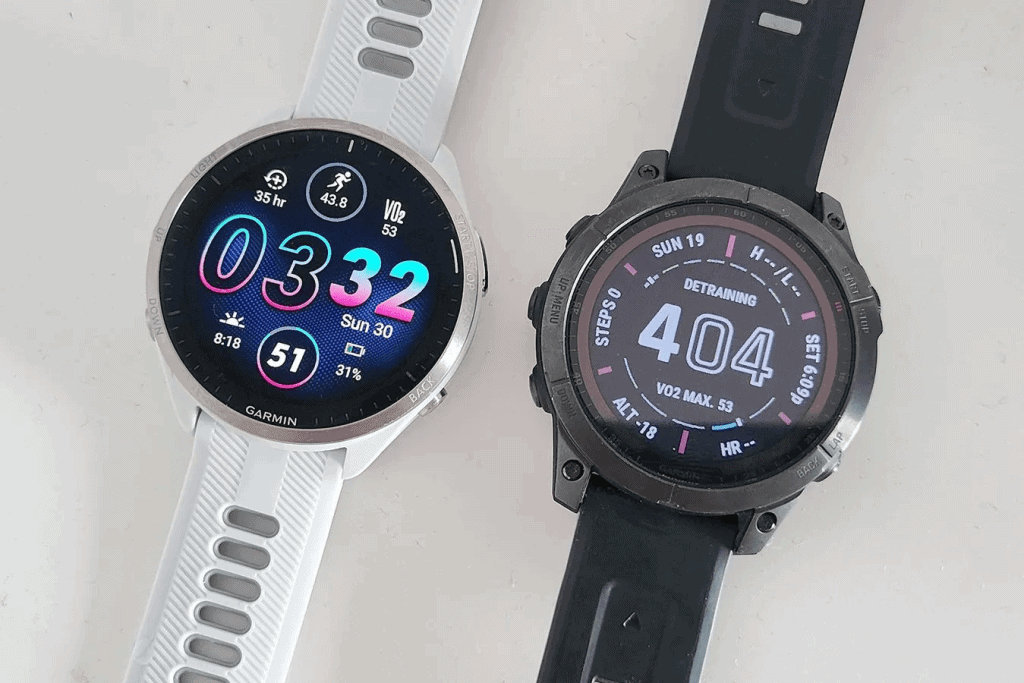 Indoors: AMOLED Forerunner 965 (Left) vs MIP Fenix 7 (right)
Indoors: AMOLED Forerunner 965 (Left) vs MIP Fenix 7 (right)
Drawbacks of AMOLED Compared to MIP:
- Battery Life: AMOLED displays consume more energy, as each pixel requires constant power to stay lit. However, Garmin has optimized battery life with features like adjustable brightness and Always-On Display (AOD). Users can switch to gesture mode, which activates the screen only when you move your wrist, nearly doubling battery life compared to AOD. MIP screens are AOD by default.
- Sunlight Visibility: While AMOLED screens offer superior visuals indoors, they can struggle in direct sunlight, requiring higher brightness levels that can drain the battery. Despite Garmin’s efforts to improve outdoor visibility, MIP displays still outperform AMOLED in super bright conditions.
 Direct Sunlight: AMOLED Epix (Gen 2) Pro (Left) vs. MIP Instinct 2 (Right)
Direct Sunlight: AMOLED Epix (Gen 2) Pro (Left) vs. MIP Instinct 2 (Right)
Comparing Battery Life: Fenix 8 Solar (MIP) vs. Fenix 8 AMOLED
| Feature | Fenix 8 Solar (MIP) | Fenix 8 AMOLED |
| Smartwatch Mode | Up to 21 days (28 days with Solar) | Up to 16 days (7 days AOD) |
| All Satellite Systems | Up to 48 hours (59 hours with Solar) | Up to 47 hours (37 hours AOD) |
| All Satellite Systems + Multi-band | Up to 37 hours (43 hours with Solar) | Up to 35 hours (28 hours AOD) |
While the MIP version consistently offers longer battery life, the AMOLED model still provides ample power for most users, lasting multiple weeks, depending on usage.
Trade offs
Both MIP and AMOLED displays excel in different areas, depending on your needs. MIP screens remain the preferred choice for sunny outdoor use, endurance athletes who need maximum battery life, and those who dislike charging their devices. In contrast, AMOLED screens are ideal for users who prioritize visual appeal, rich maps, and smoother interfaces.
Garmin’s signature lines, such as the Instinct with its monochrome MIP display, and the Enduro with its ultra-long battery life, continue to cater to MIP fans. Meanwhile, AMOLED models, like the latest Venu, Forerunner, and Fenix lines, offer options for those seeking the latest in display technology.
Conclusion
Ultimately, your choice between MIP and AMOLED should reflect your personal needs and how you intend to use your watch. The industry trend, however, is clear: there’s growing demand for more visually appealing, advanced displays—provided battery life remains sufficient. Brands like Garmin, Polar, and Suunto have begun to show that that balance is possible with AMOLED displays.
Looking to the future, MicroLED technology holds significant promise. As a next-generation display, it has the potential to combine the efficiency of MIP with the vibrancy of AMOLED. Major manufacturers like Samsung and Apple are investing in MicroLED development, which could bring displays that are brighter than AMOLED and consume less energy—offering the best of both worlds for outdoor visibility and battery efficiency.

